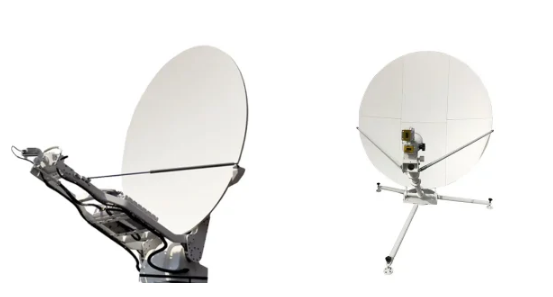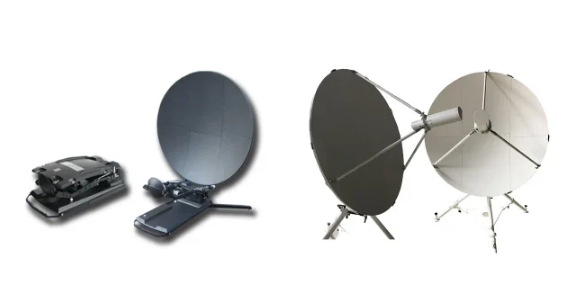Can directional coupler be planar
Yes, directional couplers can be planar, commonly designed with microstrip lines for compact integration and cost efficiency. Fundamentals of Directional Couplers Definition and Working Principles Directional couplers are integral components in RF and microwave systems, serving to divide or combine signals based on direction. The core principle involves the separation of input power into two […]
Can directional coupler be planar Read More »









